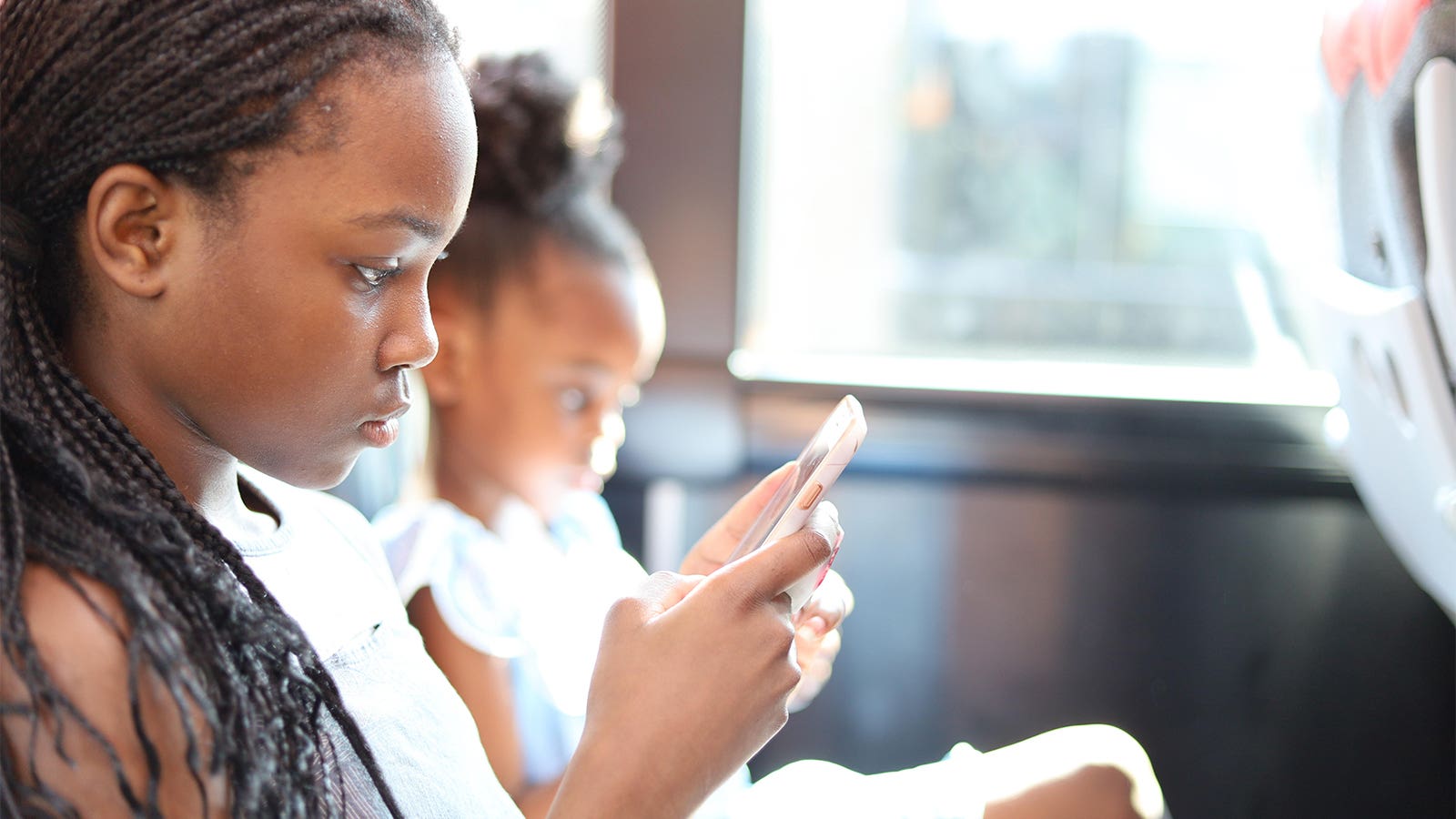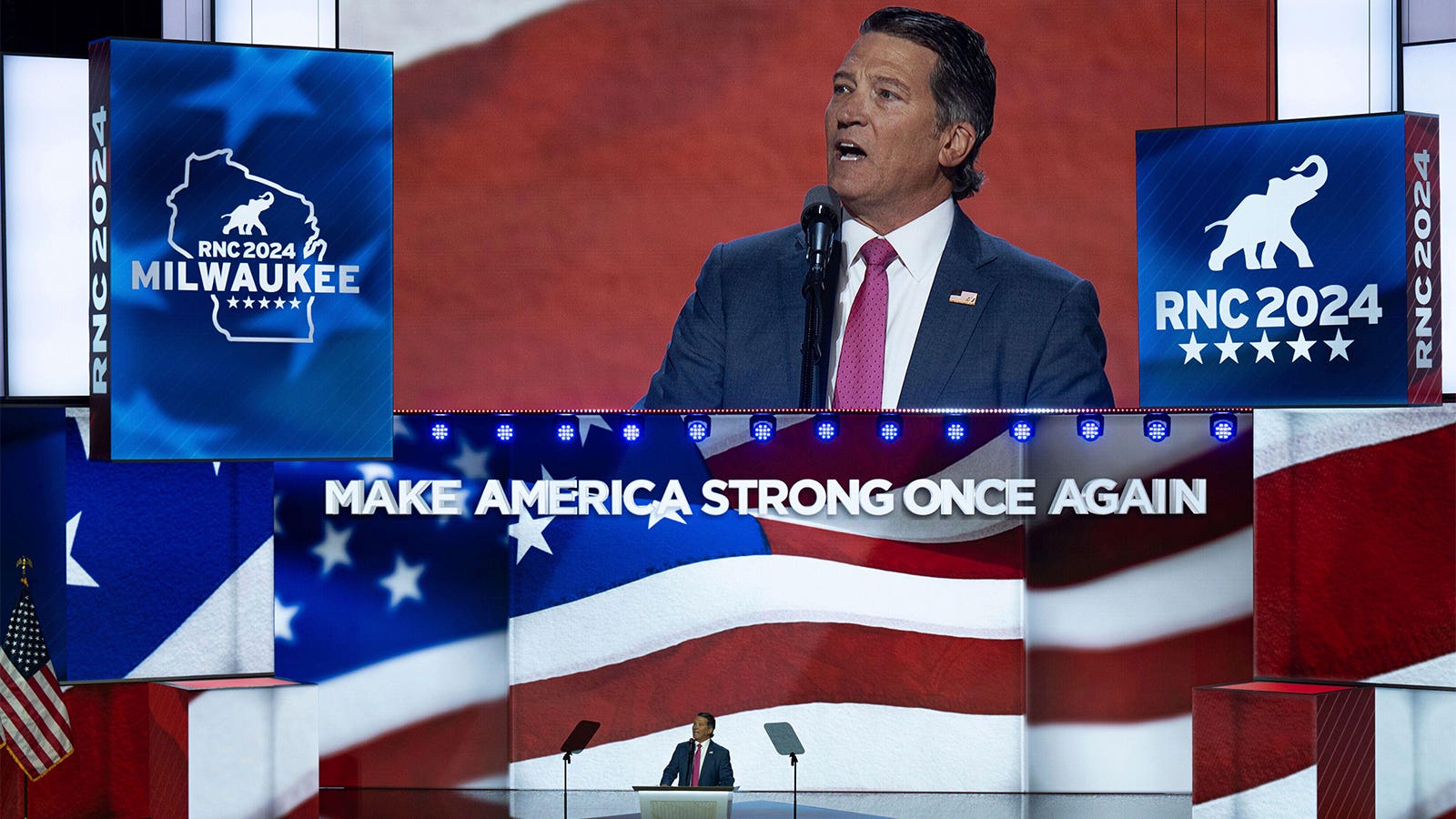Surgeon General Vivek Murthy, MD, MBA, recently discussed the dangers of social media in a thought-provoking New York Times op-ed, and called for warning labels on social media platforms. His concerns about social media fostering anxiety, depression, and social isolation among adolescents resonated deeply with me.
Going a step further, I find it crucial to extend this dialogue to include the unique experiences of Black teen girls, who face compounded challenges due to the intersection of racism and sexism — a dynamic often overlooked in broader discussions.
The Unique Challenges of Gendered Racism
Anthropologist Philomena Essed’s concept of “gendered racism” illustrates how racial and gender oppression intertwine, creating a distinct set of challenges for individuals at this intersection. For Black teen girls, these challenges often manifest through social media, which becomes a landscape rife with gendered-racist stereotypes. These negative portrayals can lead to the internalization of harmful views about oneself, resulting in lower self-esteem and increased symptoms of depression.
In a project I collaborated on with other Yale researchers, I helped a team develop a virtual game tailored to Black girls that enabled us to gain firsthand insight into how Black teen girls navigate social media when they are in pursuit of romantic relationships. In our study we found that unlike their peers, Black girls often encounter messages that paint them as less desirable, and they are bombarded with sexist and racist tropes — even from peers.
This relentless stream of derogatory terms and negative stereotypes about Black women’s personalities and bodies embeds a harmful narrative into their self-image, perpetuating a sense of inferiority. In another study that I led, we found that Black teen girls were well aware of the negative stereotypes but often felt ignored and invisible in society, and felt as if no one in authority cared about their experiences and mistreatment.
Surgeon General Murthy rightly linked social media usage with the uptick in social isolation and loneliness. Yet, for Black girls, the problem transcends mere exposure — the virtual environment itself is hostile. Whether online briefly or for extended periods, they are likely to encounter racism and sexism so virulent that it reinforces feelings of being “less than.” This persistent negativity can exacerbate mental health issues, and alarmingly, can contribute to suicidal ideation — a rising concern among Black adolescent girls and women, who show a disproportionate increase in suicide rates compared to other groups.
Warnings and Regulations with Impact
The question then becomes: What can we do to mitigate these effects?
It’s commendable that Murthy has taken a firm stance on the general hazards of social media. But addressing the specific needs of Black girls requires that social media platforms and policymakers implement more stringent measures to combat the spread of racist and sexist content. While Murthy did issue an advisory a year ago with recommendations for policymakers, platforms, and the public, I offer a few more specific suggestions that can support Black girls, and can simultaneously protect all youth and adolescents who are vulnerable to attacks and discriminatory messages online.
Enhanced reporting and moderation systems:
- Automated detection: Implement advanced AI and machine learning tools to detect and flag harmful content — including hate speech, harassment, and discrimination — that specifically targets Black girls (and can be tailored to other vulnerable groups). These algorithms should be co-created with Black teen girls and women through participatory machine learning methods to improve accurate detection that may be missed due to flawed training data.
- Human moderation: Increase the number of trained human moderators on various social media platforms who understand the nuances of gendered racism and can respond promptly to reports of abuse.
Education and awareness for all social media users:
It may be possible that many teens (and even adults), are not aware of how harmful their messages could be to Black girls.
- Mandatory training: I call for mandatory training, which will require all social media users to undergo brief instruction on anti-racism and anti-sexism as part of the account setup process. This training should also discuss bullying and other offensive and harmful uses of social media.
- Prevention and educational campaigns: Social media platforms can work collaboratively with content creators, researchers, teen girls, and community leaders to create regular educational campaigns and resources that highlight the experiences of Black girls and educate the broader user base on the impact of gendered racism.
- Warning labels: Any disclaimers or labels should be written in culturally sensitive language that resonates with all users, or alternatively, can be tailored by user.
While such policies would benefit all users by creating a safer, more inclusive online environment, they are particularly crucial for protecting Black girls from targeted abuse. This approach should be applied broadly and can be tailored to other vulnerable groups as well.
It is essential for all stakeholders, including social media companies, educators, and community leaders, to recognize and address the unique challenges faced by Black girls on social media. Only through targeted interventions and inclusive policies can we hope to dismantle the systemic barriers that perpetuate inequality and hinder the well-being of Black adolescent girls in digital spaces.
Ijeoma Opara, PhD, LMSW, MPH, is an associate professor in the Department of Social and Behavioral Sciences at Yale School of Public Health, and the director of the Substances and Sexual Health lab at Yale. Her research focuses on highlighting the strengths of Black girls, community-based participatory research methods, and preventing substance use and HIV among youth, as well as improving youth mental health outcomes.



